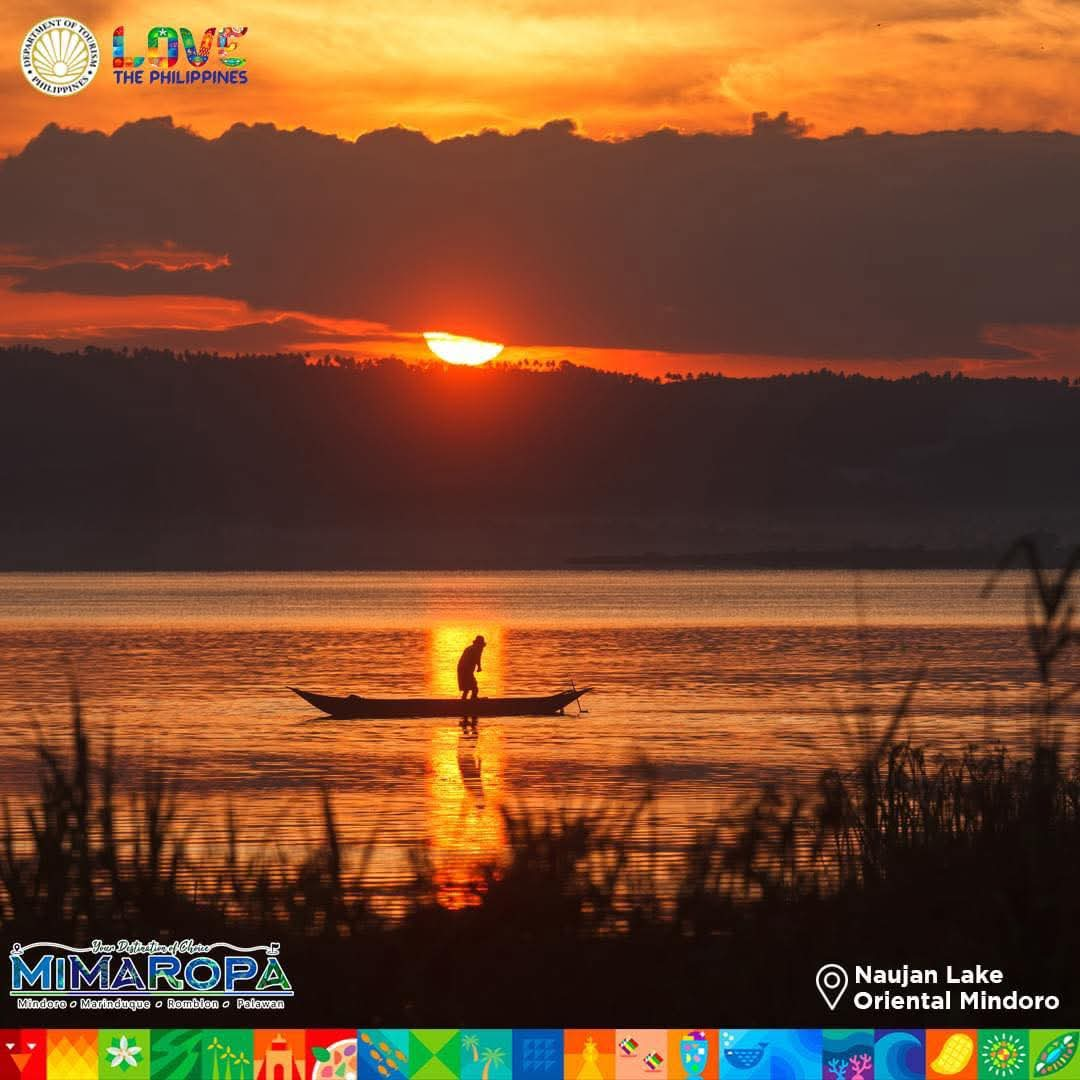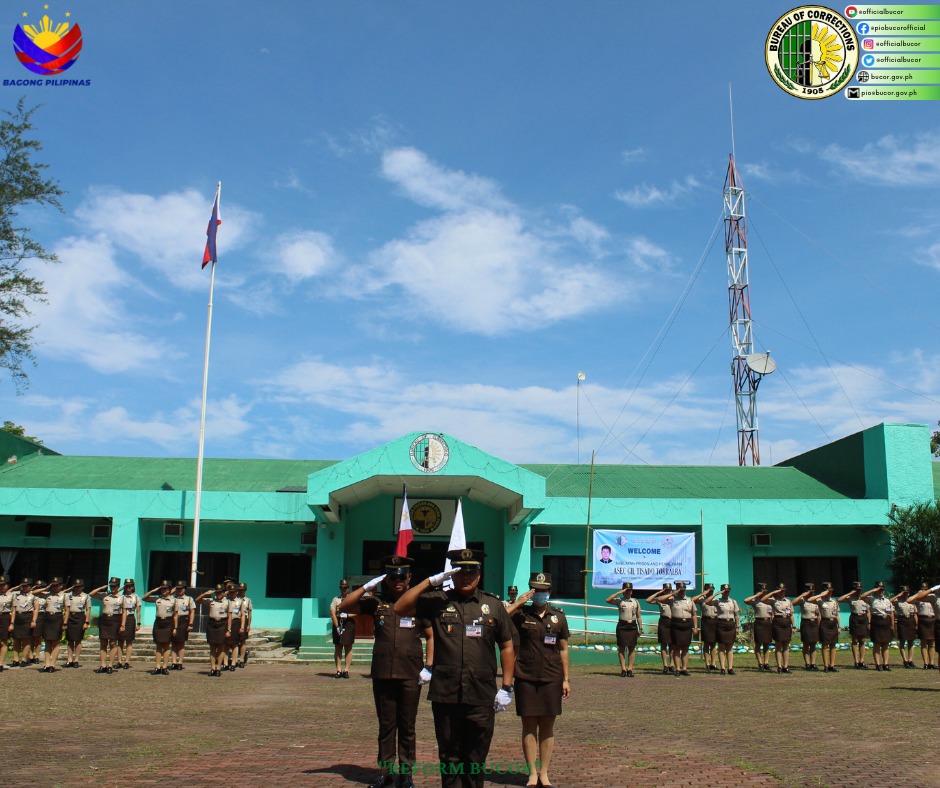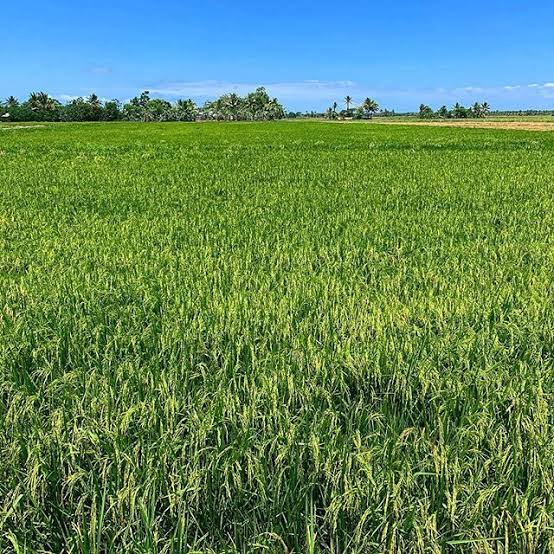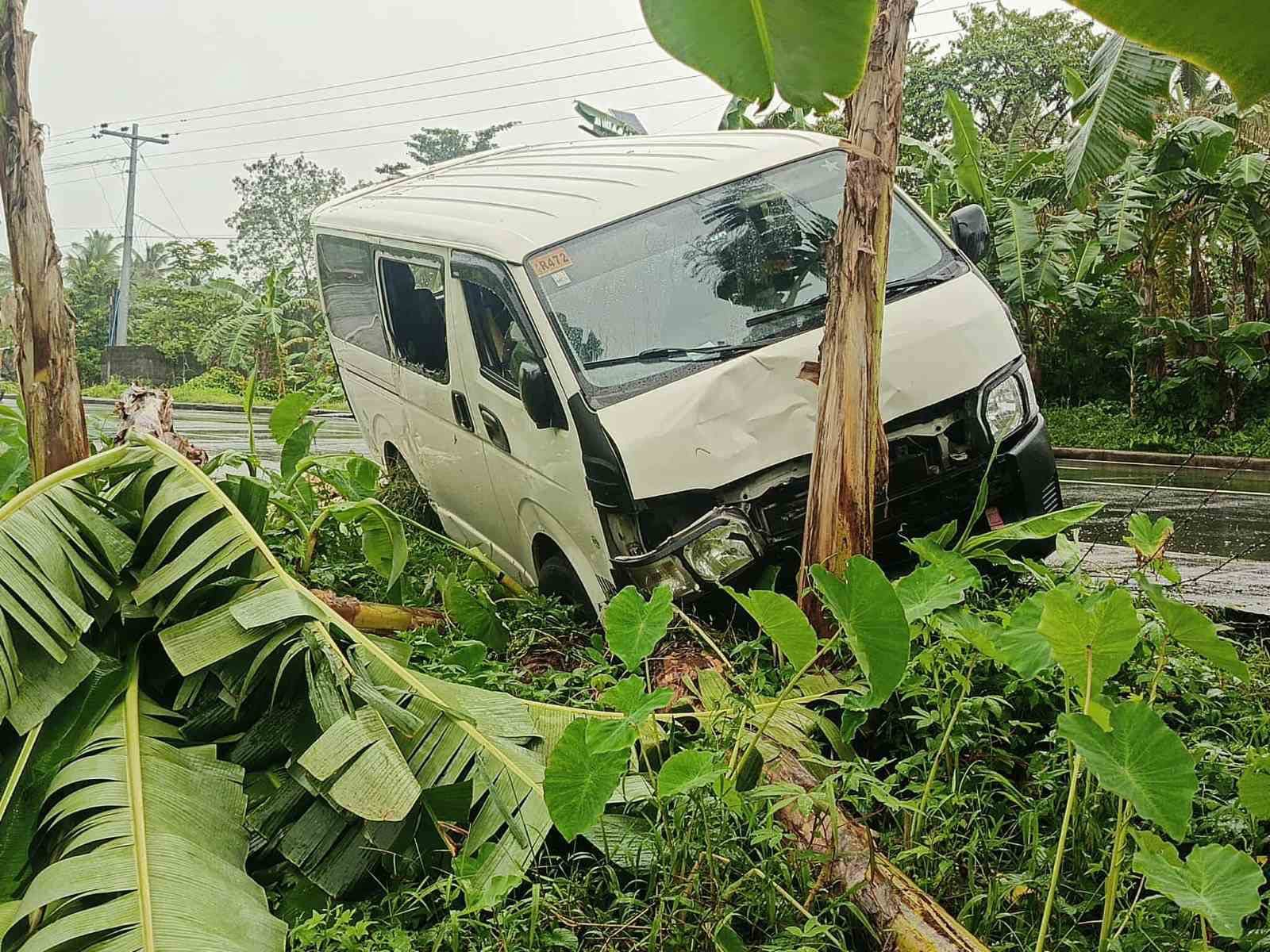The name “Mindoro” echoes with a tantalizing promise of riches, derived from the Spanish phrase “Mina de Oro” — literally “gold mine.”
This etymological origin speaks to the island’s complex history of colonization, resistance, and more recently, rapid tourism development that has forever altered its landscape and indigenous communities.
Long before foreign powers cast their gaze upon Mindoro’s shores, the island was home to the Mangyan tribes, the original stewards of this lush tropical paradise.
These indigenous peoples developed sophisticated cultural traditions, agricultural practices, and spiritual beliefs deeply connected to the island’s forests, mountains, and waterways.
The Mangyans were not a single homogenous group but rather eight distinct ethnolinguistic tribes: the Iraya, Alangan, Tadyawan, Tau-buid, Bangon, Buhid, Hanunoo, and Ratagnon. Each possessed their own language, customs, and territories across the island’s diverse topography, from coastal areas to mountainous interiors.
Archaeological evidence suggests human habitation on Mindoro dates back thousands of years, with the island serving as an important waypoint in ancient maritime trade networks connecting China, Southeast Asia, and beyond.
GOLD ATTRACTION
When Spanish explorers arrived in the 16th century, they were drawn by rumors of gold deposits that gave the island its name.
Mindoreño miners had indeed extracted gold from mountain streams for generations, using traditional panning methods to collect small quantities of the precious metal.
The Spanish, with their insatiable hunger for gold following their experiences in the Americas, were convinced that major deposits awaited discovery.
Despite extensive exploration, however, no commercially viable gold reserves were ever located.
The scattered gold particles found in Mindoro’s waterways proved insufficient to establish the large-scale mining operations the Spanish had envisioned.
What the Spanish did discover, however, was something perhaps more valuable: a thriving maritime trade network.
Chinese merchants had established regular commerce with the island, exchanging silk, fine porcelain, and exquisite jewelry for local resources.
The Spanish, exercising their colonial might, frequently confiscated these valuable goods by force, disrupting centuries-old trade relationships.
RESISTANCE
The history of Mindoro is also one of determined resistance against foreign domination.
The island’s inhabitants fiercely opposed Spanish colonization, with numerous uprisings marking the colonial period.
This spirit of independence continued during the American occupation following the Spanish-American War, when Mindoro became a site of resistance against new colonial masters.
The rugged interior of the island, with its dense forests and mountainous terrain, provided natural sanctuaries for those resisting colonial rule.
These geographical features helped preserve indigenous ways of life even as coastal areas fell under increasing foreign influence.
PUERTO GALERA
The natural harbor of Puerto Galera stands as one of the finest in the Philippines. Its unique geography creates a sheltered bay where vessels can find safe haven even during the most severe typhoons that regularly batter the country. This exceptional natural feature made it strategically important throughout history, attracting seafarers long before the age of modern tourism.
Spanish galleons would seek refuge in Puerto Galera’s protected waters during the treacherous monsoon seasons.
The harbor’s strategic value was so important that it became a focal point for colonial administration and defense.
In recent decades, however, Puerto Galera’s appeal has shifted from maritime utility to recreational allure. Its eastern district has transformed into a premier destination featuring an impressive collection of white sand beaches that attract thousands of visitors annually.
Urban dwellers from Manila and budget travelers from around the world flock to this coastal paradise seeking sun, sea, and underwater adventures.
The tourism boom that began in the late 20th century has radically reshaped Puerto Galera and surrounding areas.
What was once a quiet fishing community has experienced an “immense incursion” of concrete structures—resorts, shops, dive centers, restaurants, and bars—fundamentally altering both the physical landscape and local way of life.
This transformation has followed a familiar pattern seen in many tropical destinations worldwide.
International visitors, enchanted by the natural beauty and low cost of living, have settled permanently.
Many foreign nationals have married local women and established tourism-oriented businesses, particularly diving schools that capitalize on the area’s renowned marine biodiversity.
Beaches that once served local communities have been repurposed for commercial tourism activities.
The nighttime soundscape now features music from discos and bars rather than the natural rhythms of waves and wildlife.
Rental shops offering equipment for various water sports line shores that previously hosted fishing boats and traditional outriggers.
MINORITY REPORT
Perhaps the most profound consequence of this development has been the displacement of the island’s indigenous Mangyan population. These original inhabitants have been progressively pushed inland, retreating from coastal areas as tourism infrastructure expands.
The “severe influx of tourism” represents not merely an economic shift but a fundamental disruption of communities that have lived in harmony with the island for countless generations.
The Mangyans now largely occupy the mountainous interior of Mindoro, where they struggle to maintain their traditional ways of life in increasingly constrained territories.
Deforestation, mining operations, and agricultural expansion further threaten their cultural survival, creating a multi-layered crisis for these indigenous peoples.
ENVIRONMENT
The rapid development has raised serious ecological concerns.
Mindoro is known for its exceptional biodiversity, hosting numerous endemic species found nowhere else on Earth.
The Tamaraw (Bubalus mindorensis), a dwarf buffalo unique to the island, has become critically endangered as its habitat shrinks.
Coral reefs, once pristine, face degradation from increased boat traffic, improper anchoring, and pollution.
Waste management problems have emerged as tourism infrastructure outpaces environmental safeguards.
Sewage systems in many areas remain inadequate, with untreated waste sometimes flowing directly into the once-pristine waters that attract visitors in the first place.
However, there are emerging efforts to develop more sustainable tourism models.
Eco-resorts focusing on minimal environmental impact have begun to appear, offering alternatives to conventional concrete developments.
Community-based tourism activities seek to ensure that economic benefits flow to local inhabitants rather than exclusively to outside investors.
Some conservation organizations work with indigenous Mangyan communities to develop sustainable livelihoods that preserve traditional knowledge while generating income. These include handicraft production, guided nature tours, and the cultivation of organic products unique to the island.
CROSSROADS
Mindoro stands at a crossroads familiar to many destinations experiencing rapid tourism growth.
The economic benefits—jobs, infrastructure improvements, and increased standard of living for some—must be weighed against cultural disruption, environmental degradation, and the marginalization of indigenous peoples.
The island’s remarkable history of resistance to colonial powers suggests a resilient spirit that may yet shape a more balanced future.
Local governments have begun implementing stricter regulations on new developments, while community organizations advocate for indigenous rights and environmental protection.
For visitors and investors alike, there is an emerging recognition that Mindoro’s true value lies not in exploiting its resources for short-term gain, but in preserving the natural and cultural heritage that makes it unique.
The gold that gave the island its name may have proven elusive, but the true treasures of Mindoro—its biodiversity, cultural diversity, and natural beauty—remain, at least for now, awaiting more thoughtful approaches to their appreciation and conservation.
Paradise Lost and Found: The Complex History and Transformation of Mindoro Island

Discover more from Mindoro Today
Subscribe to get the latest posts sent to your email.








Write Your Comment